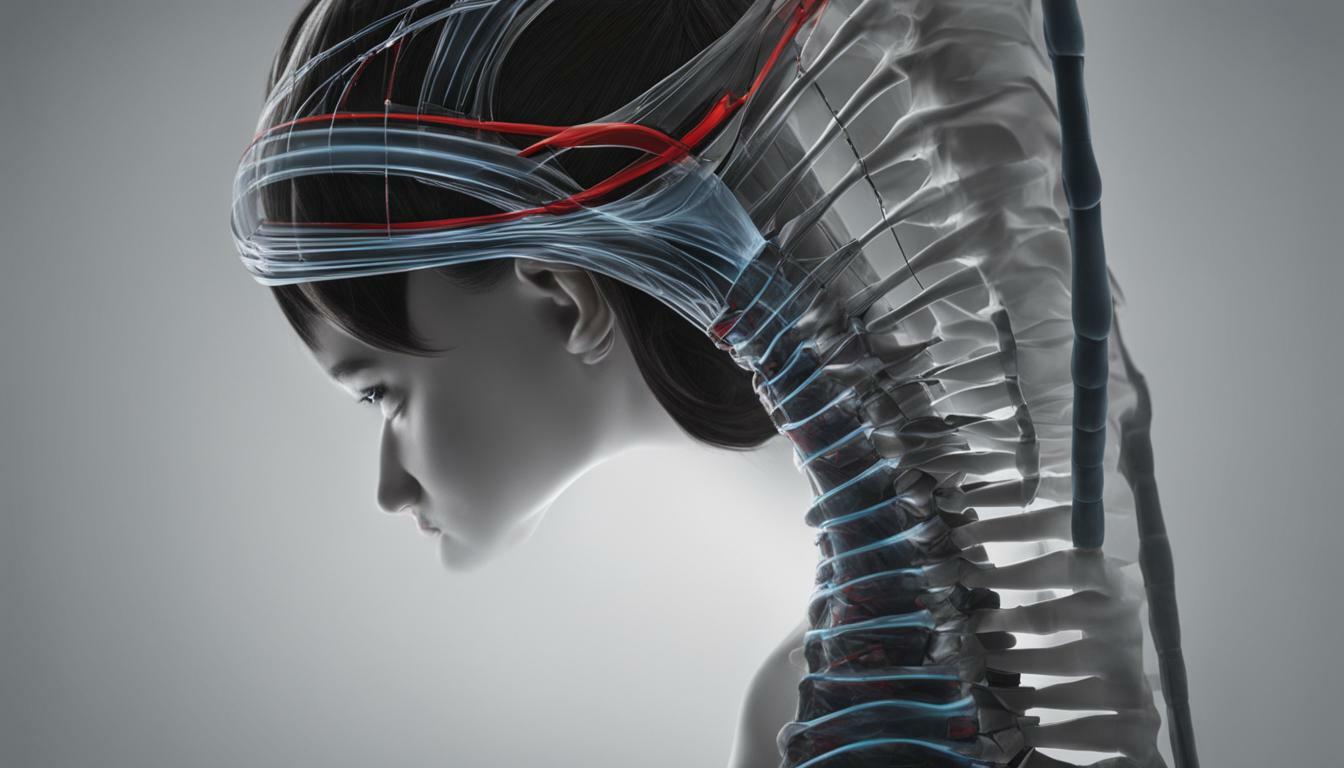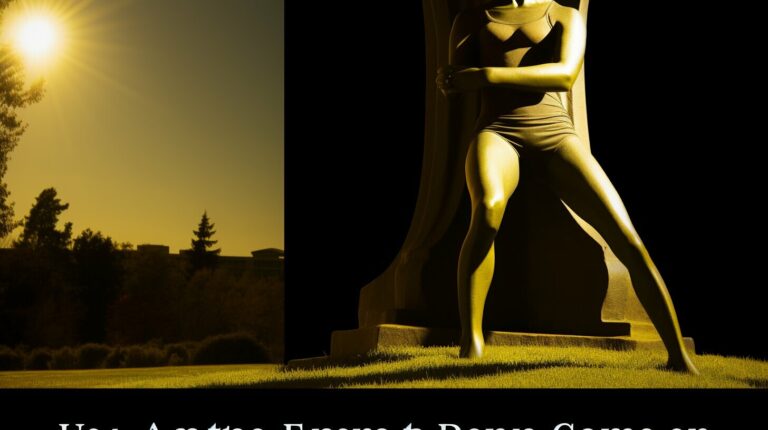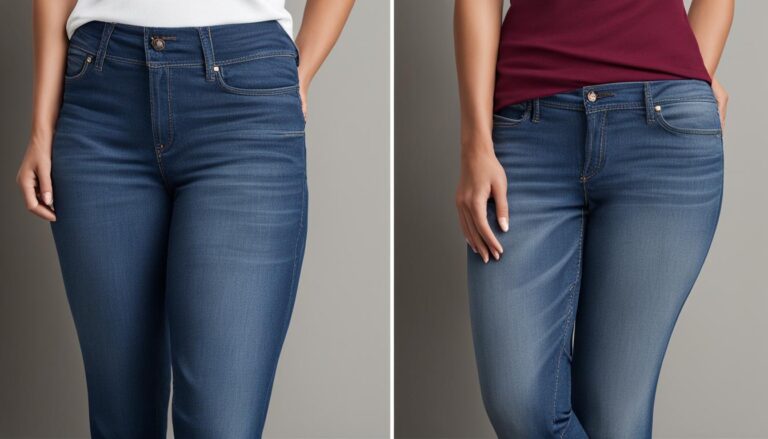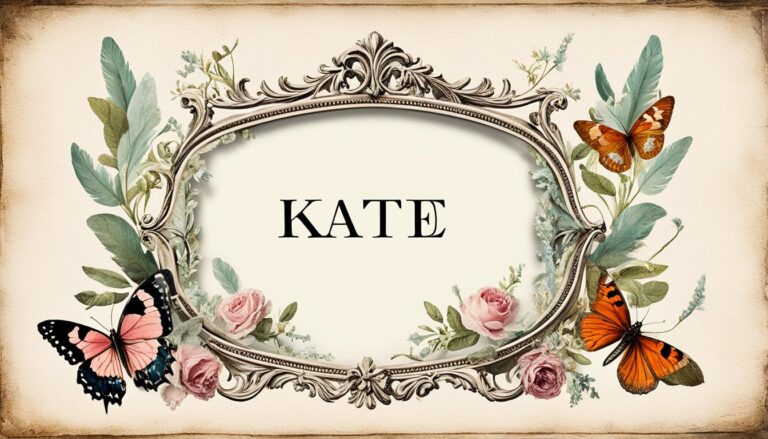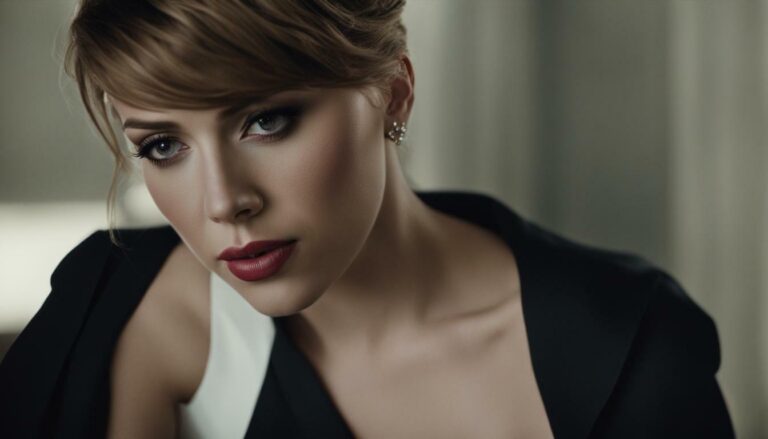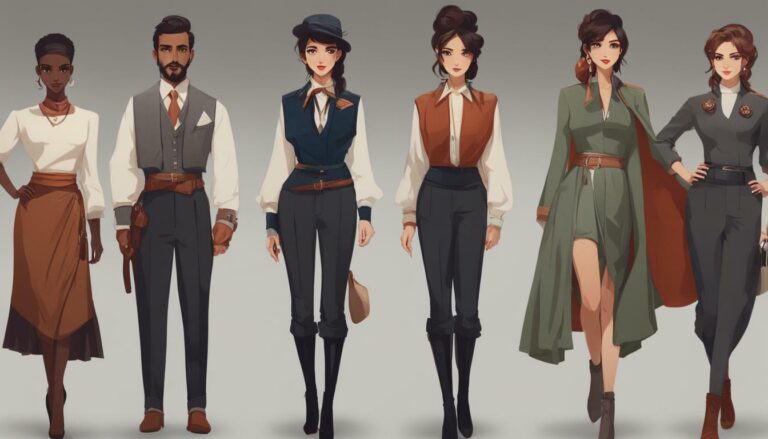How do you know if you have a double curve?
If you’re concerned about your posture and wondering if you have a double curve, it’s important to know the signs to look out for. A double curve, also known as dual curvature, refers to an abnormal curvature of the spine that occurs in two directions. It can result in a variety of symptoms and physical manifestations. Here are some key indicators to help you determine if you may have a double curve:
- Signs of a double curve include asymmetry in the shoulders, waist, or hips.
- Physical examination and diagnostic tests can be used to identify a double curve in the spine.
- Having a double curve can lead to various symptoms and implications, such as back pain and difficulty breathing.
- The Kibbe body type system can help individuals embrace their unique body shapes, including those with a double curve.
- Remember, a small chest and straight shoulders do not indicate a double curve.
Identifying a double curve
There are several methods used to identify a double curve in the spine, ranging from physical examination to advanced imaging techniques. During a physical examination, a healthcare professional will assess your posture, range of motion, and any visible asymmetries. They may also ask you to bend forward to observe the alignment of your spine. If a double curve is suspected, additional diagnostic tests may be ordered to confirm the diagnosis.
One common diagnostic test is an X-ray, which can provide detailed images of the spine. X-rays can help determine the degree and location of the double curve, as well as any associated abnormalities. Another imaging technique that may be used is magnetic resonance imaging (MRI), which uses powerful magnets and radio waves to create detailed images of the spine. An MRI can provide more information about the soft tissues surrounding the spine and help identify any underlying conditions.
It is important to note that self-diagnosis based on visual observation or internet resources is not accurate or recommended. If you suspect you may have a double curve or any spinal condition, it is essential to consult with a qualified healthcare professional for a proper diagnosis and treatment plan.
Table: Diagnostic Methods for Double Curve Detection
| Method | Description |
|---|---|
| Physical examination | Assessment of posture, range of motion, and visible asymmetries. |
| X-ray | Uses electromagnetic radiation to produce detailed images of the bones and spine. |
| Magnetic resonance imaging (MRI) | Uses powerful magnets and radio waves to create detailed images of the spine and surrounding tissues. |
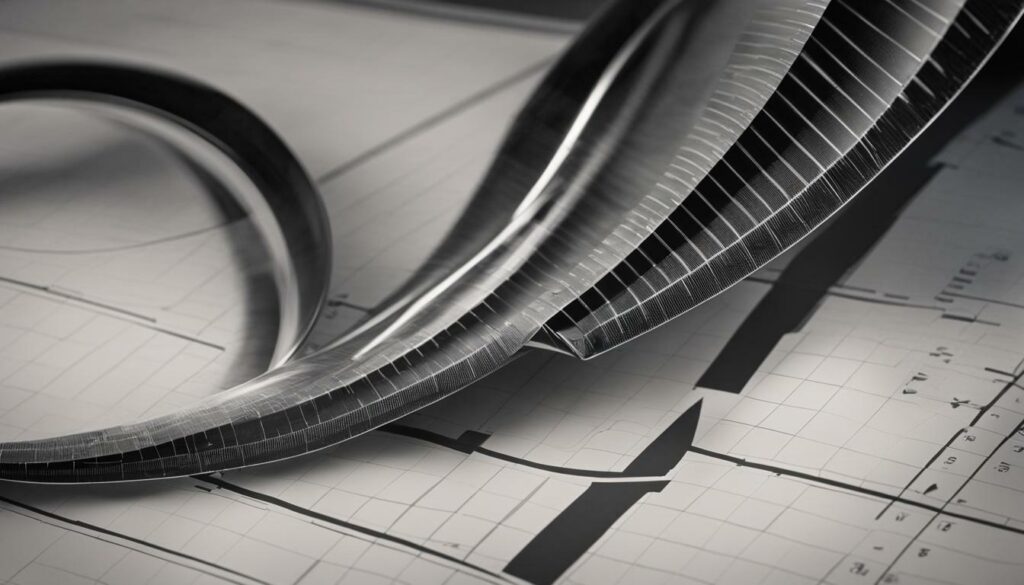
Remember, early detection and proper diagnosis are crucial for managing spinal conditions effectively. If you experience any symptoms or suspect you may have a double curve in your spine, consult with a healthcare professional for an accurate evaluation and personalized treatment plan.
Understanding the implications of a double curve
Having a double curve in your spine can lead to various symptoms and may require a specific diagnosis process for double curve scoliosis. The presence of a double curve in the spine, also known as a dual curvature, can cause pain, discomfort, and affect overall posture. It is important to understand the implications of this condition to seek appropriate treatment and support.
One of the main symptoms of a double curve is an uneven alignment of the shoulders, ribs, and hips. This can lead to an asymmetrical appearance, where one side of the body appears higher or more prominent than the other. Individuals with a double curve may also experience lower back pain, stiffness, and muscle imbalances.
Diagnosing double curve scoliosis involves a comprehensive assessment by a healthcare professional. They will conduct a physical examination to check for any visible signs of curvature, such as uneven shoulder heights or a protruding rib cage. Diagnostic tests, such as X-rays or MRI scans, may also be ordered to obtain detailed images of the spine and assess the severity of the curvature.
The importance of early detection and treatment
Early detection of a double curve is crucial for effective management. If left untreated, the condition can worsen over time and lead to more severe symptoms and complications. Treatment options for double curve scoliosis depend on the severity and progression of the curvature. These may include physical therapy, bracing, or in some cases, surgical intervention. A healthcare professional will determine the most appropriate course of action based on the individual’s specific needs and circumstances.
In conclusion, understanding the implications of a double curve in the spine is essential for early detection, accurate diagnosis, and appropriate treatment. By seeking professional help and following the recommended treatment plan, individuals with a double curve can manage their symptoms and improve their overall quality of life.
| Symptoms of Dual Curvature | Diagnosing Double Curve Scoliosis |
|---|---|
| – Uneven alignment of shoulders, ribs, and hips | – Physical examination to check for visible signs |
| – Asymmetrical appearance | – Diagnostic tests, such as X-rays or MRI scans |
| – Lower back pain and stiffness | – Detailed imaging of the spine |

The Kibbe body type system aims to help individuals embrace their unique body shapes, including those with a double curve, such as the yin Romantic body type. This body type is associated with curvy, feminine figures and is characterized by two distinct curves in the body. To determine if you have a double curve according to the Kibbe body type system, you can look for two circles drawn on your body.
The first circle is drawn from the shoulders or chest to the waist, while the second circle is drawn around the hips. The double curve is not equivalent to an hourglass figure and is not dependent on height. It can take different variations, such as having rounded shoulders and a large chest, having a large chest without a significant slope from the neck to the shoulders, or having a wider upper body due to overweight.
People with a small chest and straight shoulders do not have a double curve according to this system. The Kibbe body type system recognizes that each body shape is unique and aims to help individuals celebrate their natural curves. By understanding your body type, you can make informed choices about clothing styles and silhouettes that will enhance your appearance and make you feel confident and comfortable.
Embracing your unique body shape, whether you have a double curve or not, is all about loving and accepting yourself just as you are. The Kibbe body type system provides a framework for understanding and celebrating the diversity of body shapes. Remember, beauty comes in all shapes and sizes, and the most important thing is to feel comfortable and confident in your own skin.

| Body Type | Description |
|---|---|
| Yin Romantic | Curvy, feminine figure with a double curve |
| Other Body Types | Various body shapes not characterized by a double curve |
Conclusion
Understanding the signs and implications of a double curve in your spine is essential for maintaining good posture and seeking appropriate treatment if necessary. According to the Kibbe body type system, individuals with a double curve can identify it by looking for two circles drawn on their body. The first circle is drawn from the shoulders or chest to the waist, while the second circle is drawn around the hips.
The double curve is commonly associated with curvy, feminine bodies and is most frequently seen in the yin Romantic body type. It is important to note that having a double curve is not the same as having an hourglass figure and is not dependent on height. There are different variations of the double curve, including having rounded shoulders and a large chest or having a large chest without a significant slope from the neck to the shoulders. Some individuals may also have a wider upper body due to being overweight.
It is crucial to mention that people with a small chest and straight shoulders do not have a double curve. The Kibbe body type system aims to help individuals embrace their unique body shapes and style. By understanding and embracing the presence of a double curve, individuals can better appreciate their body shape and choose styles and clothing that flatter and express their unique selves.
Remember, the Kibbe body type system is just one approach to understanding and celebrating body diversity. If you have concerns about your spine or suspect a double curve, consult with a healthcare professional who can provide a proper diagnosis and guide you toward appropriate treatment options. Your spine health and overall well-being are worth investing in!
FAQ
How do you know if you have a double curve?
To determine if you have a double curve according to the Kibbe body type system, you can look for two circles drawn on your body. The first circle is drawn from the shoulders or chest to the waist, and the second circle is drawn around the hips.
How can you identify a double curve?
Identifying a double curve can be done through physical examination and diagnostic tests.
What are the implications of having a double curve?
Having a double curve in your spine may have potential symptoms and implications. The diagnosis process for double curve scoliosis can help determine the severity and treatment options.
How can the Kibbe body type system help embrace your unique body shape?
The Kibbe body type system is designed to help individuals embrace their unique body shapes, including those with a double curve. Understanding your body type can assist in choosing flattering styles and clothing.
Conclusion
In summary, identifying a double curve in your body, whether it’s in the spine or body shape, can be helpful in understanding your unique characteristics and exploring ways to embrace and enhance them.
